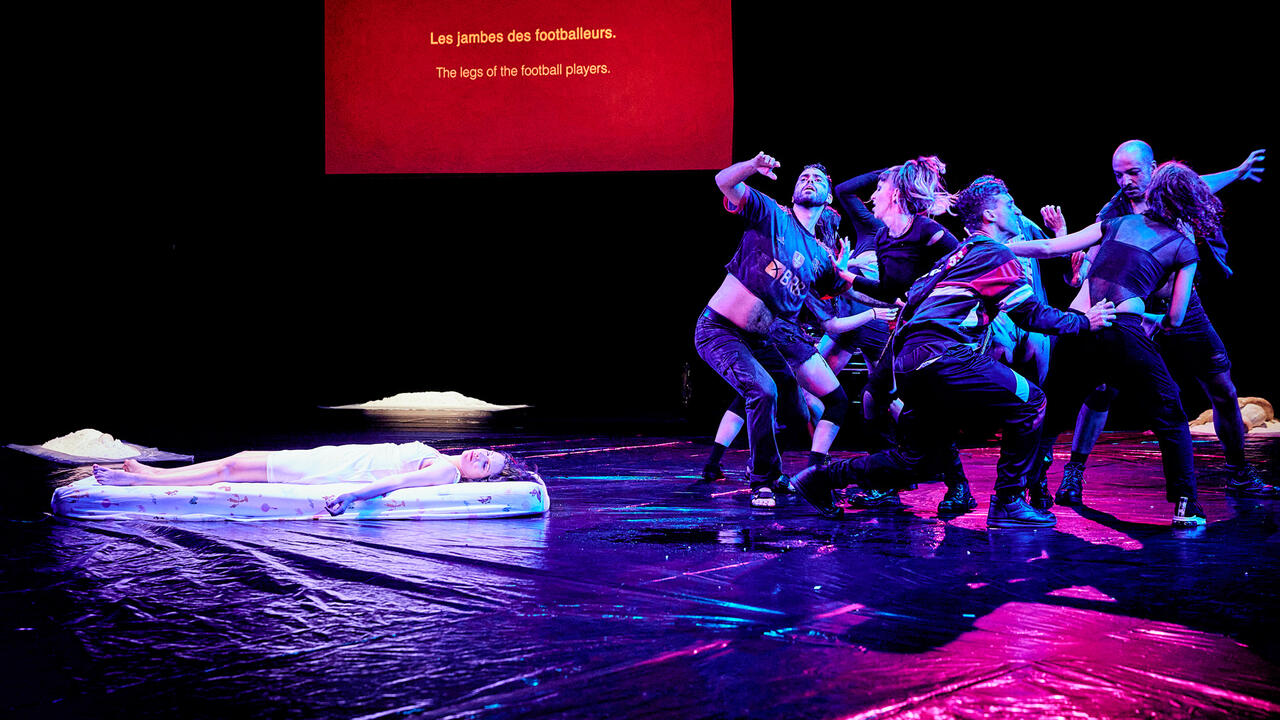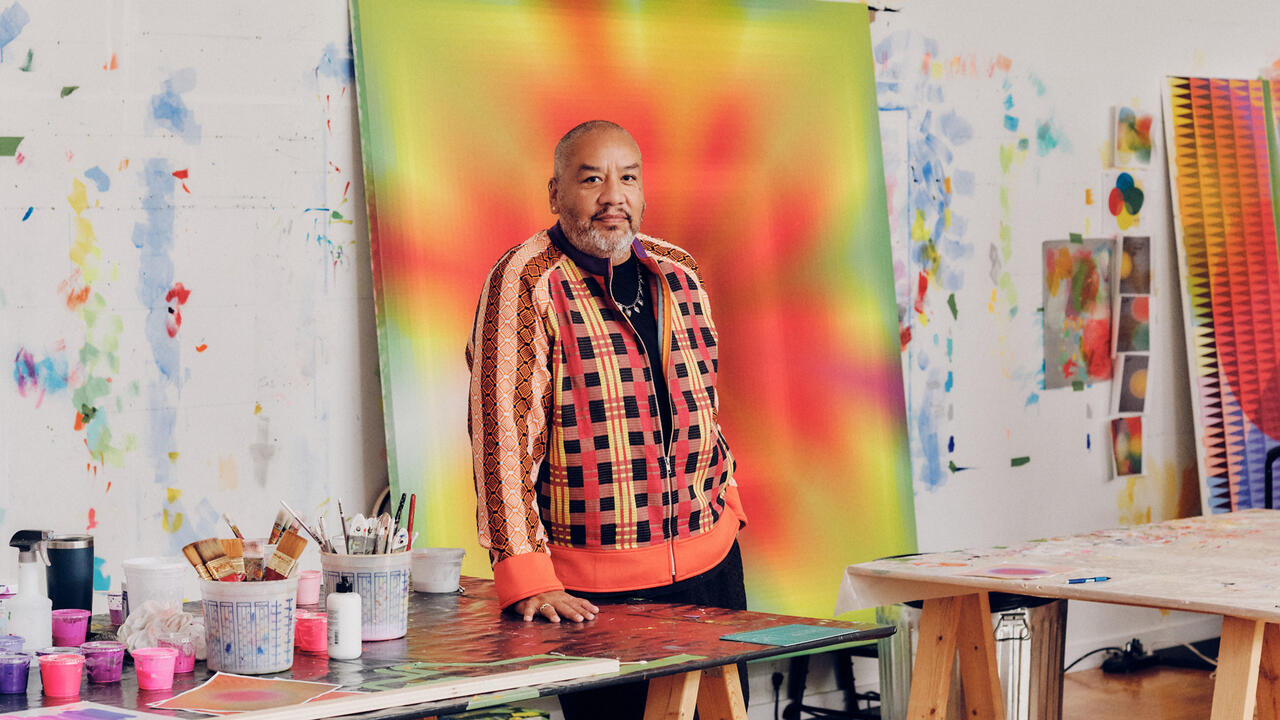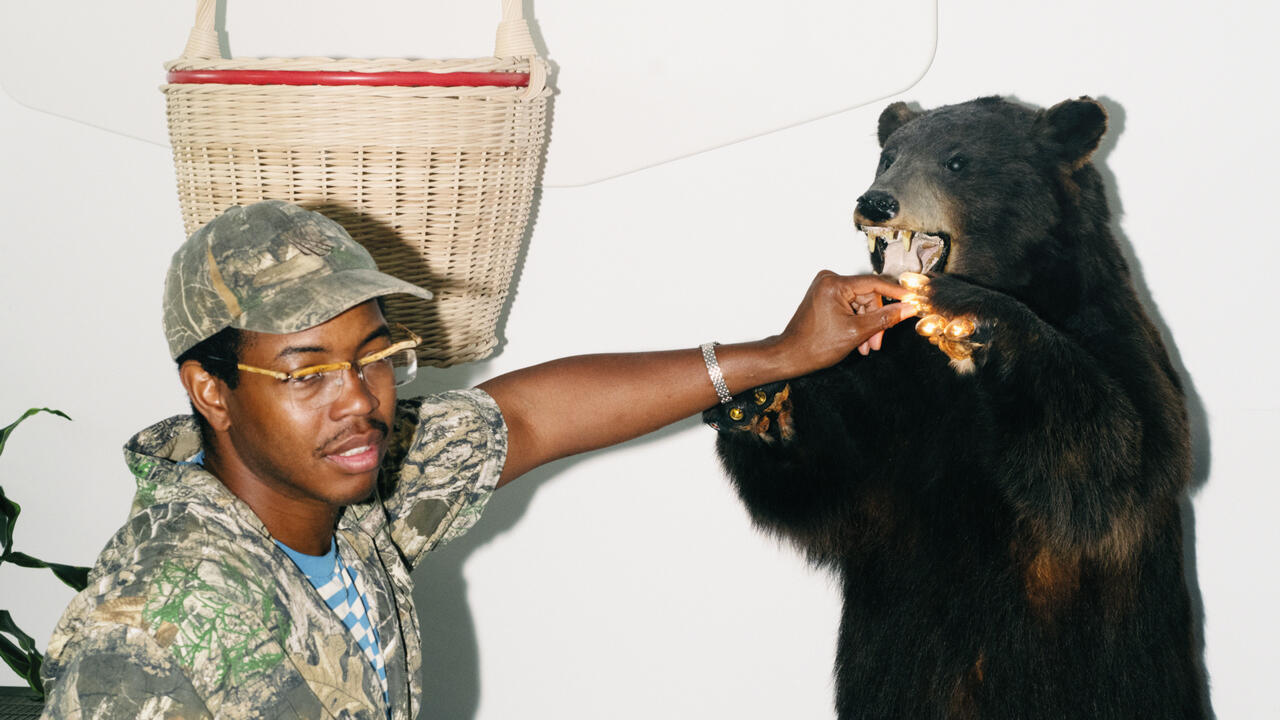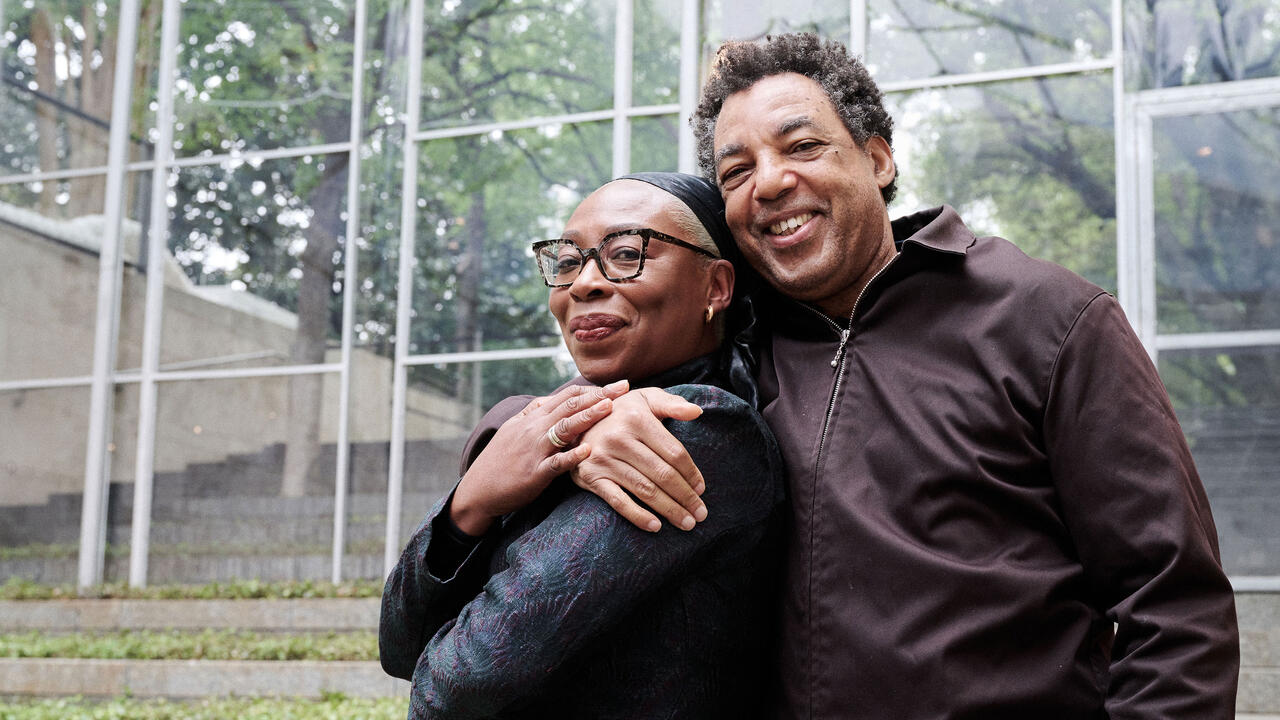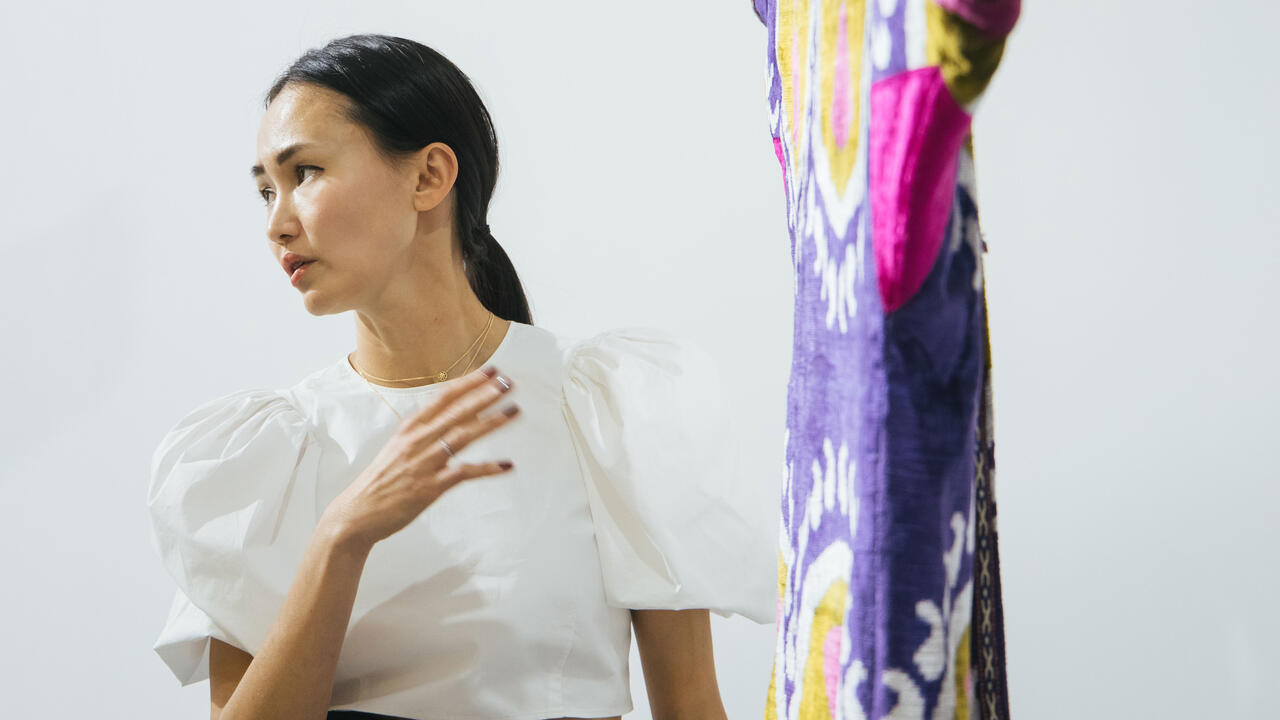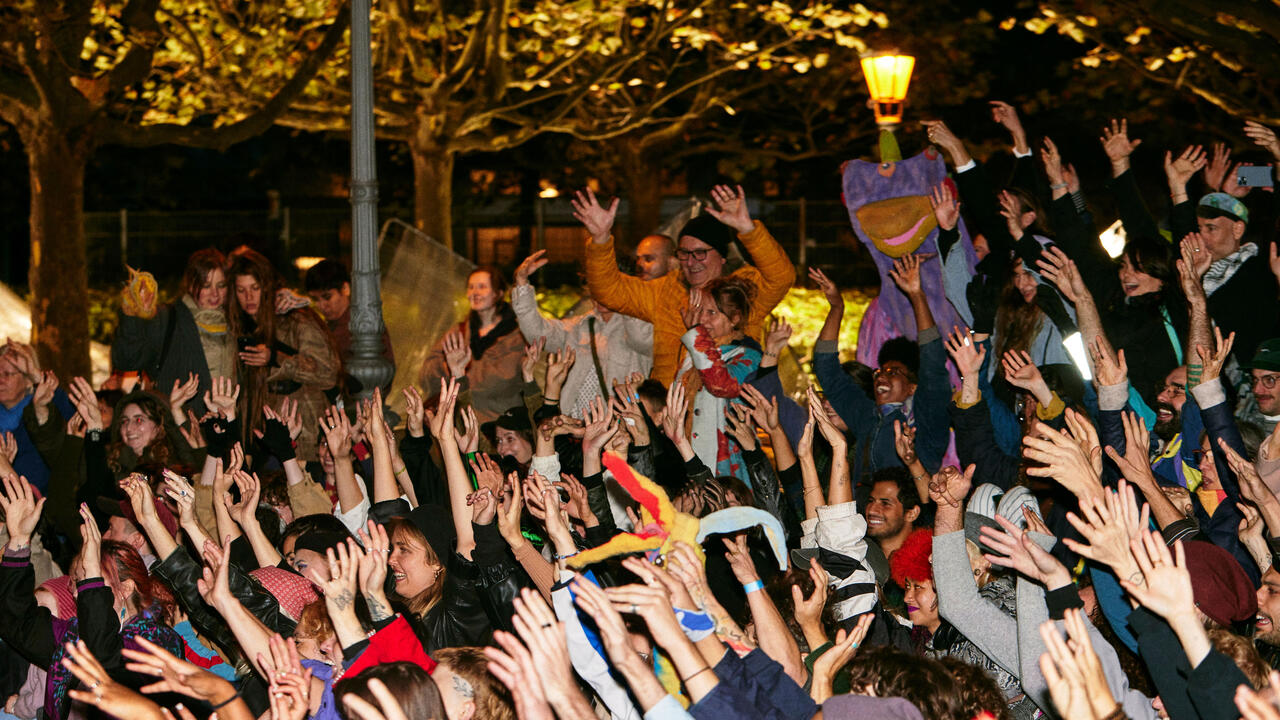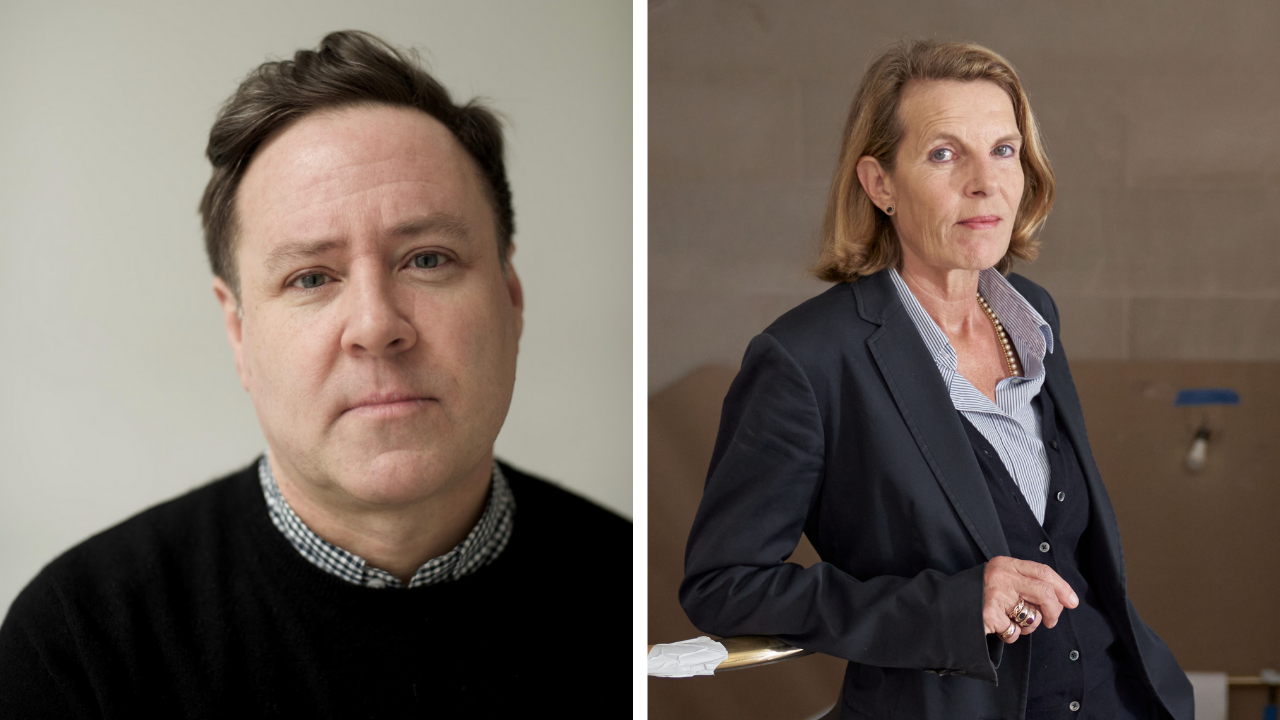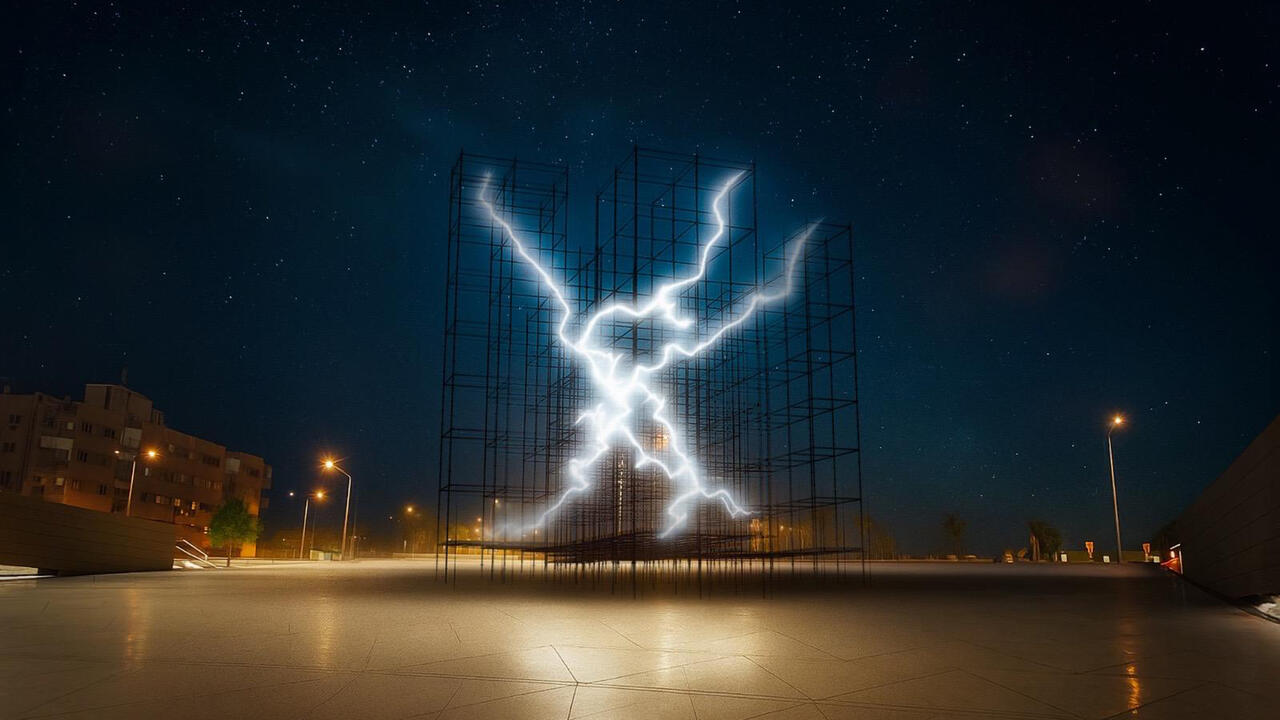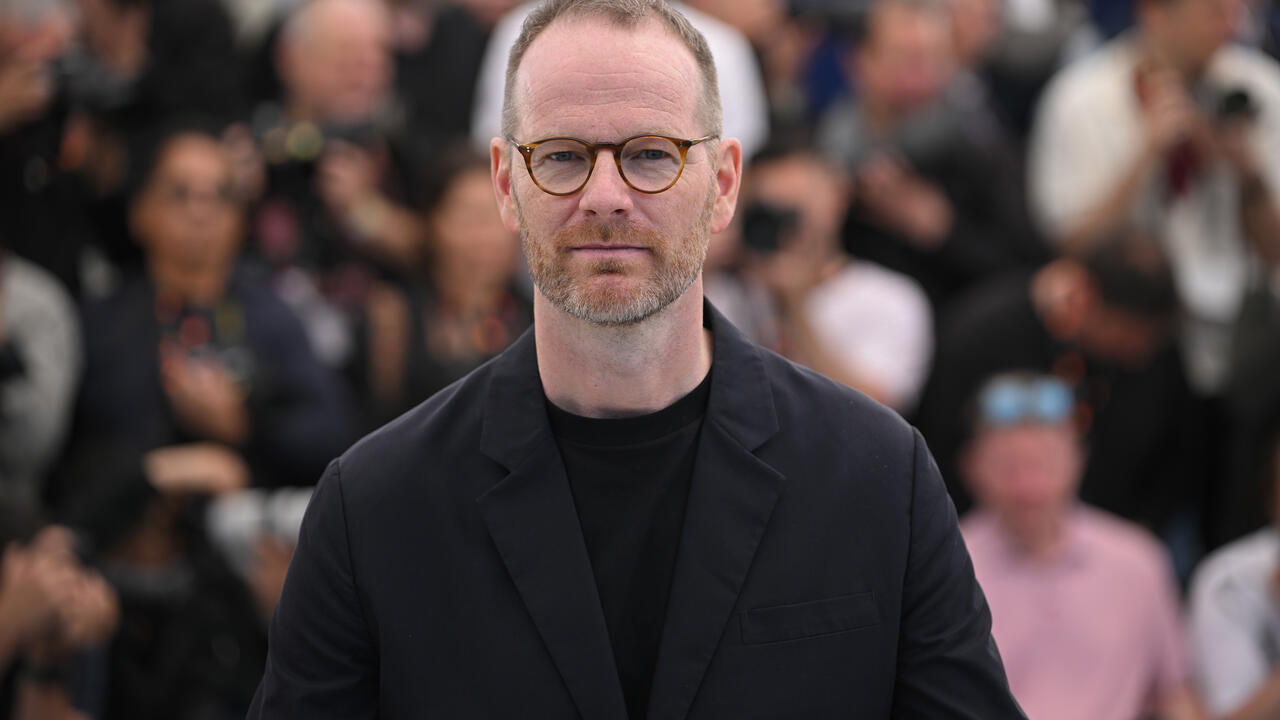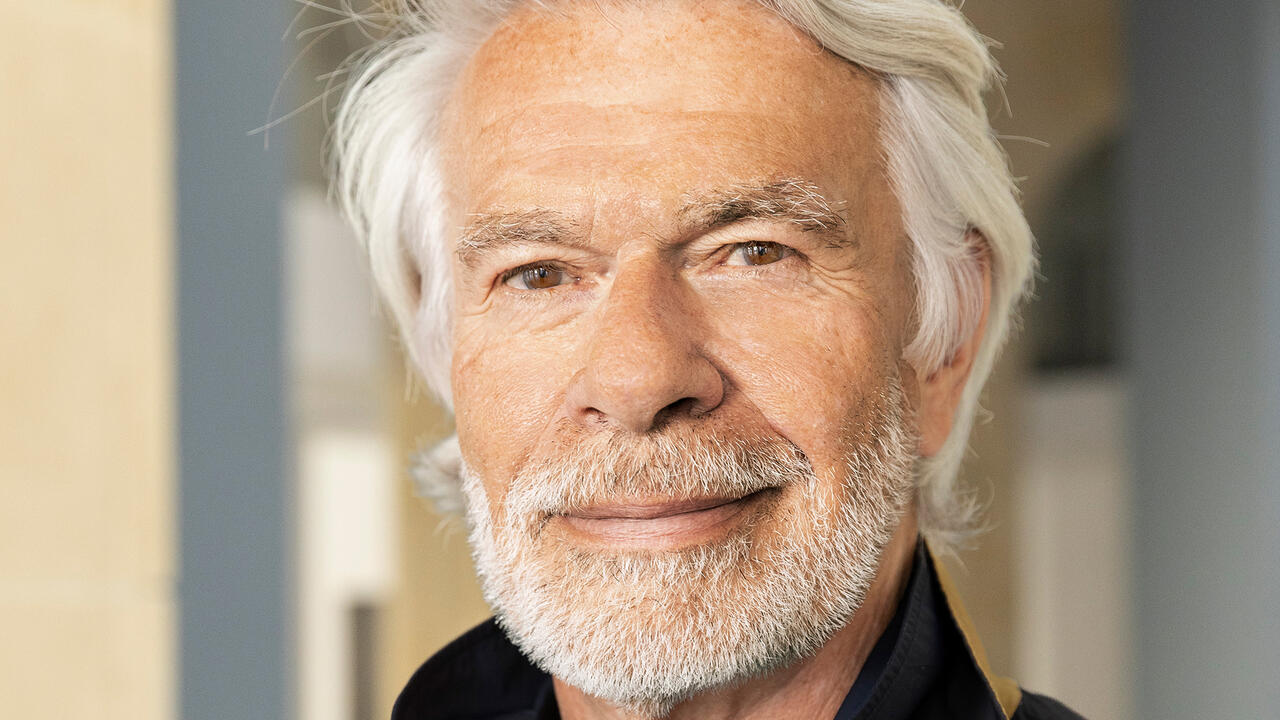Naked Truth
An interview with Brian Jenkins
An interview with Brian Jenkins
Do you feel that it is necessary for artists who are disabled to deal with disability in their work?
I don't feel it's necessary - rather a good source of work. Dealing with your own experience can help in coming to terms with physical or mental disability, as well as sexuality or relationships. Of course it depends upon the severity of the disability, and how much it has an effect on your everyday life. Sometimes it can be so overwhelming that you cannot really get away from it. I've never really considered my disability as severe. I think art is really about communication. and to communicate you have to speak from personal experience. In my case the art and the disability are inseparable.
Why do you portray yourself as naked?
People are constantly barraged with stereotypical views of the male body. It is assumed that people with disabilities are somehow asexual, or are sexually disabled. This glamourised singular view of sexuality has to be questioned. l think the best way to deal with it is by being very upfront. I'm quite comfortable with that - throughout my personal history I've been very aware of my own physicality. It becomes easier and easier for me to make the drawings because l know my shape so well, and it's very important that that shape is mine, and that it is a different shape, an identity, a stamp.
But although you represent yourself, the one thing that you don't get in these large drawings is a singular coherent representation of 'Brian Jenkins'. No frame contains you - on the contrary you actually encircle and frame the viewer.
I think that's one of the reasons that the work succeeds through a drawing practice, rather than a photographic one. Photographs for me do not involve enough participation in the making of the work. The actual drawing process necessitates my having to overcome the difficulties of scale and height.
There has been a definite development in your work, from documenting your own activities, to creating installational spaces through which viewers become conscious of their own activities. Early works dealt with putting yourself in positions where a physical difficulty had to be overcome, such as climbing a mountain, and documenting that activity. These often instigated a problematic response in the viewer, in which the disabled artist was striving to prove himself on the terms of a person without a disability. Didn't you feel patronised by this reaction? Has there been a conscious move away from this in your work, towards challenging rather than confirming the viewers sense of normality?
I would like to think so. I think you've picked up my overall feeling about that kind of work. l feel it boils down to the level of participation that I have in all aspects of the work, which in turn should require the viewer to participate to a similar level. In the early photographs there was a degree of predetermination, whereas the drawings follow their own development. They are not preplanned or drawn out beforehand. In the case of Wound they were painted directly onto the wall. In that sense they create their own life. Mistakes are made and left in. There's much less control over the outcome.
Being visibly identified as disabled must involve being objectified and distanced by the gaze to a certain degree. It would seem that this idea of voyeurism rests on the separation of public and private space.
I think that there is a real need to address voyeurism in the hope that things that could be construed as private activities are brought into the public arena, in the attempt to make them less a subject of voyeuristic curiosity. I think that there are certain things that people do in their own homes that they shouldn't feel bad about. With reference to the video part of the installation which showed me having a urostomy bag changed, it is something which is always done privately. There is always the suggestion that I'm doing something wrong and that people shouldn't have to see it. With the inclusion of an image of a sanitary towel, in the installation, l also wanted to deal with the fact that a significant number of women still feel embarrassed or reluctant to deal with their period. That really stems from a male ignorance, which makes it difficult to deal with it publicly.
This voyeurism seems to be challenged by making the viewer conscious of his or her own movements and gaze within the installation. The sloping floor at the 1:12 gradient of a wheelchair ramp, and the surrounding red walls, floor and roof which were covered with a large drawing of your body, all made me conscious of my own balance, height and of the activity of looking.
I'm very aware of creating a balance in all of the installational elements. Because of the nature of the work it could be construed as being abstract in certain instances what you're looking at is certainly not immediately recognisable. That allows a pause, which should create a curiosity and a greater degree of involvement. Just as the work creates its own criterion so I would like viewers to ask themselves what they am looking at and why. It is actually a comment on the normal gallery practice of looking at a piece, looking at the naming label, and moving on. In the same way this is very often what happens to disabled people - they are labelled. I hope l am getting people to question the way they react to the work. You're so encompassed by it that you can't separate yourself from the work.
As you say there is constantly the danger of being labelled and defined by others. Isn't there a danger of being seen as 'Brian Jenkins: The Disabled Artist'?
I constantly have to check myself with that. If you allow yourself to be labelled it then allows people to feel safe in dealing with the work because they assume that they understand it already. You become ghettoised. l don't want people to say 'He can do work like this because he is disabled' or 'This is what disabled art looks like', because if that were the case I would just be reinforcing the stereotype. To say that the work is only about disability places the art in a secondary position, devalues it, so that you are in a sense defeating the experience of the art itself. So I've got to be able to talk about an experience of disability, but also to allow other elements to enter into the work; sexuality, sensuality, masculinity, physicality, stressing the fundamental experience of the viewer.





